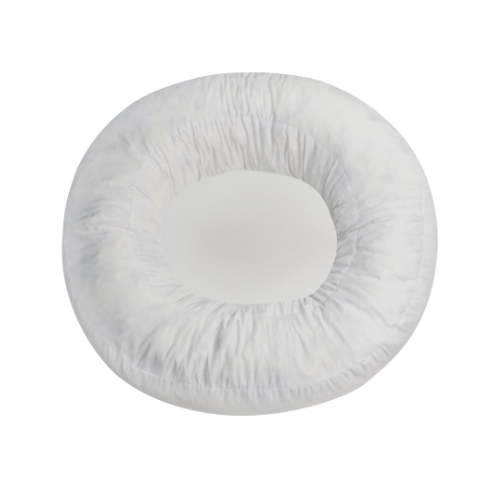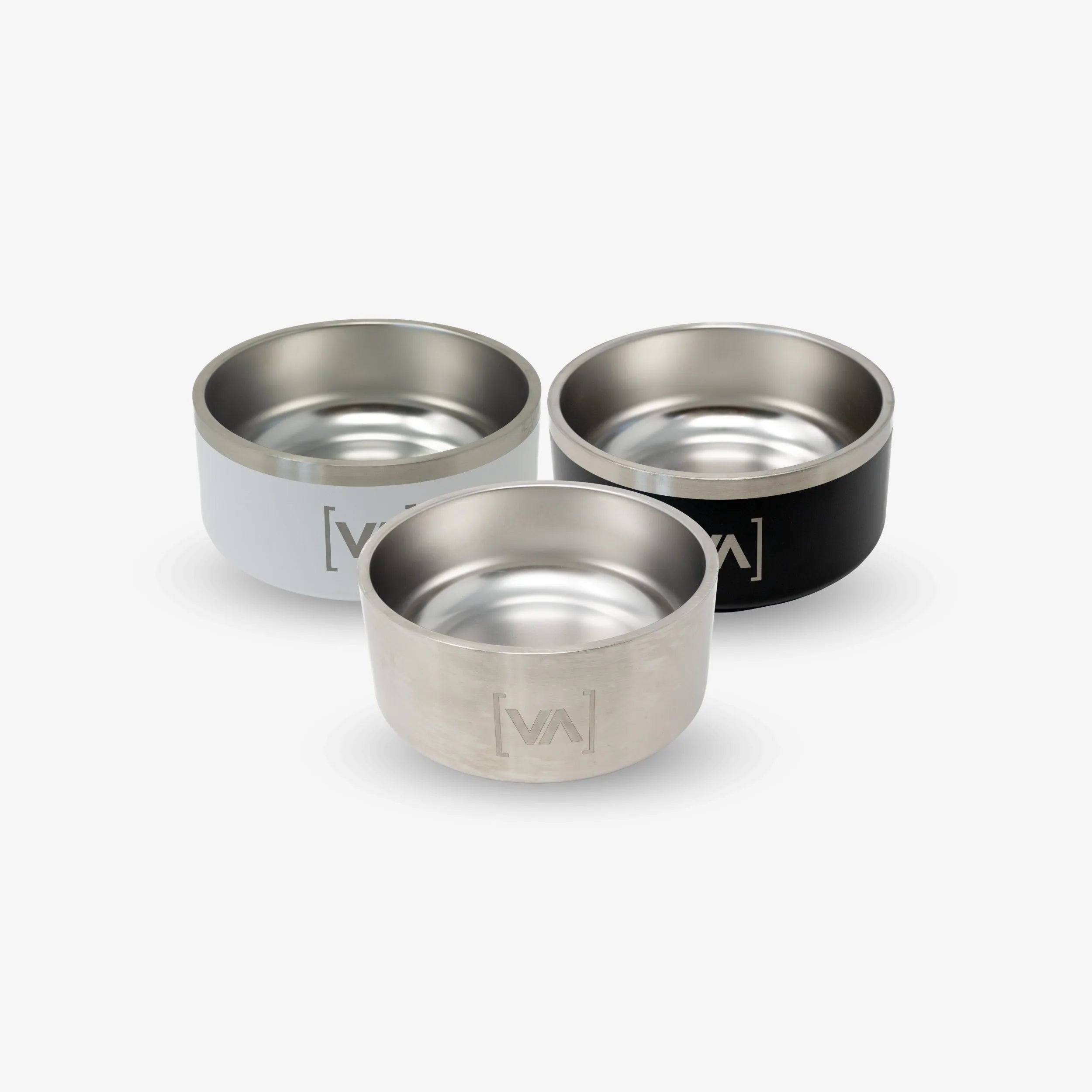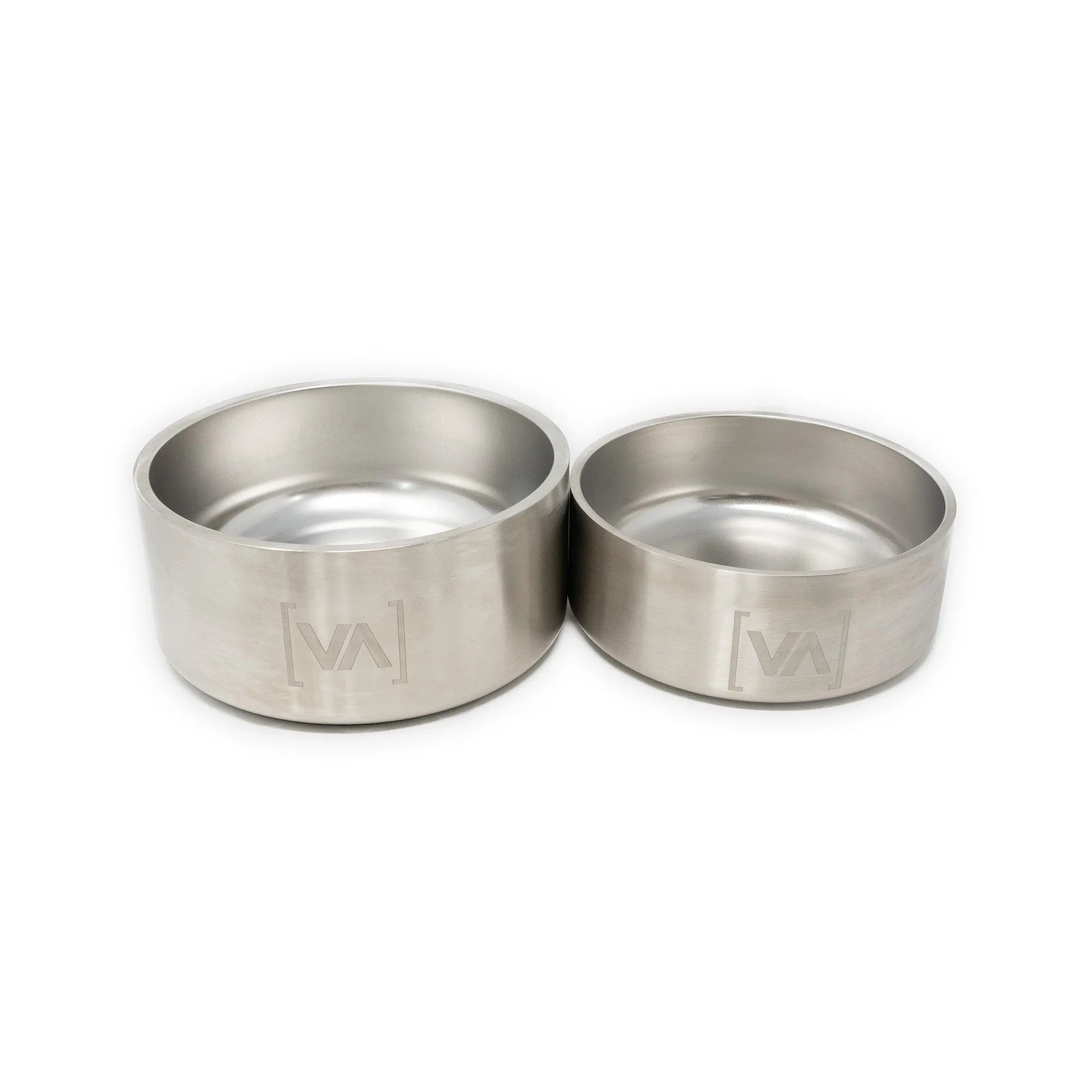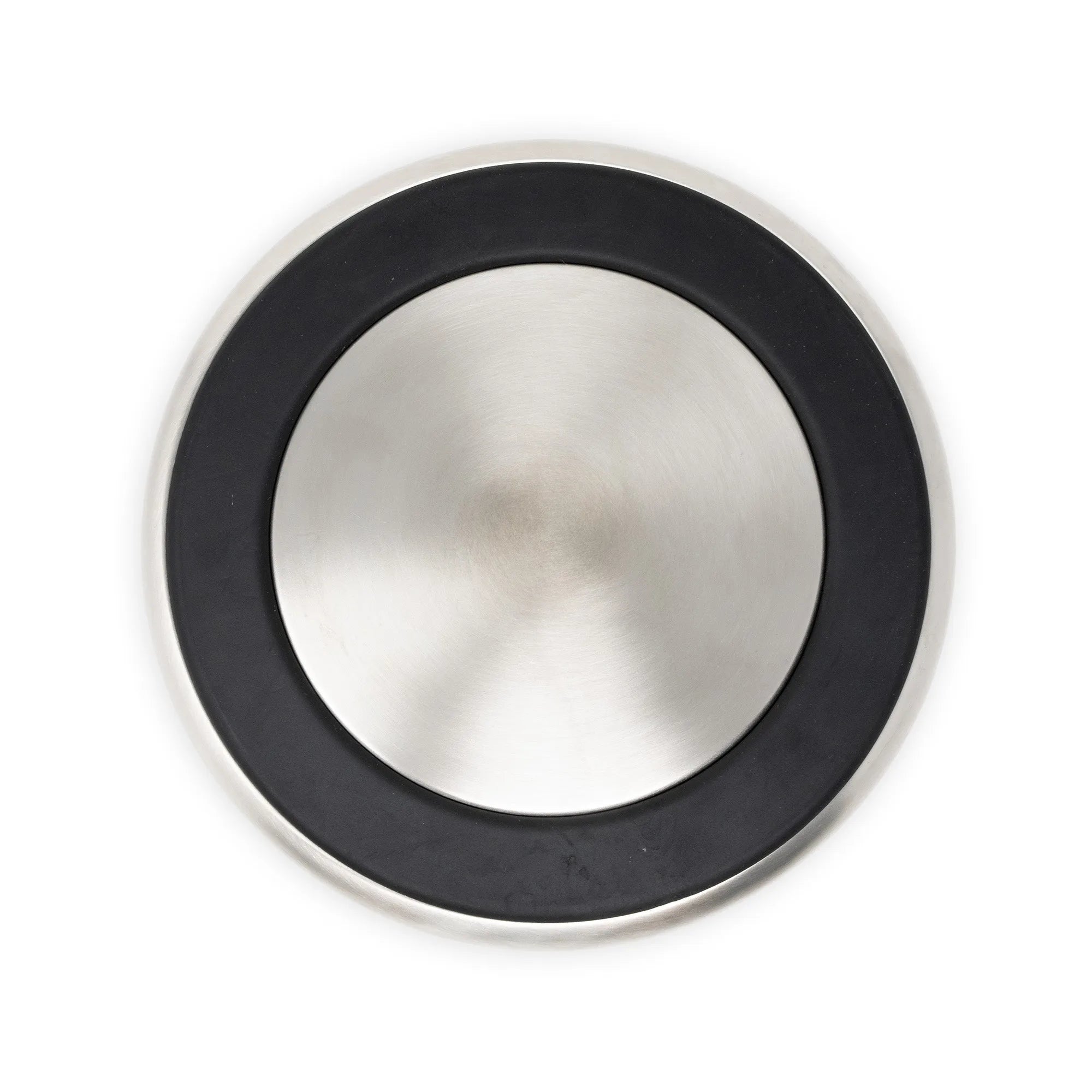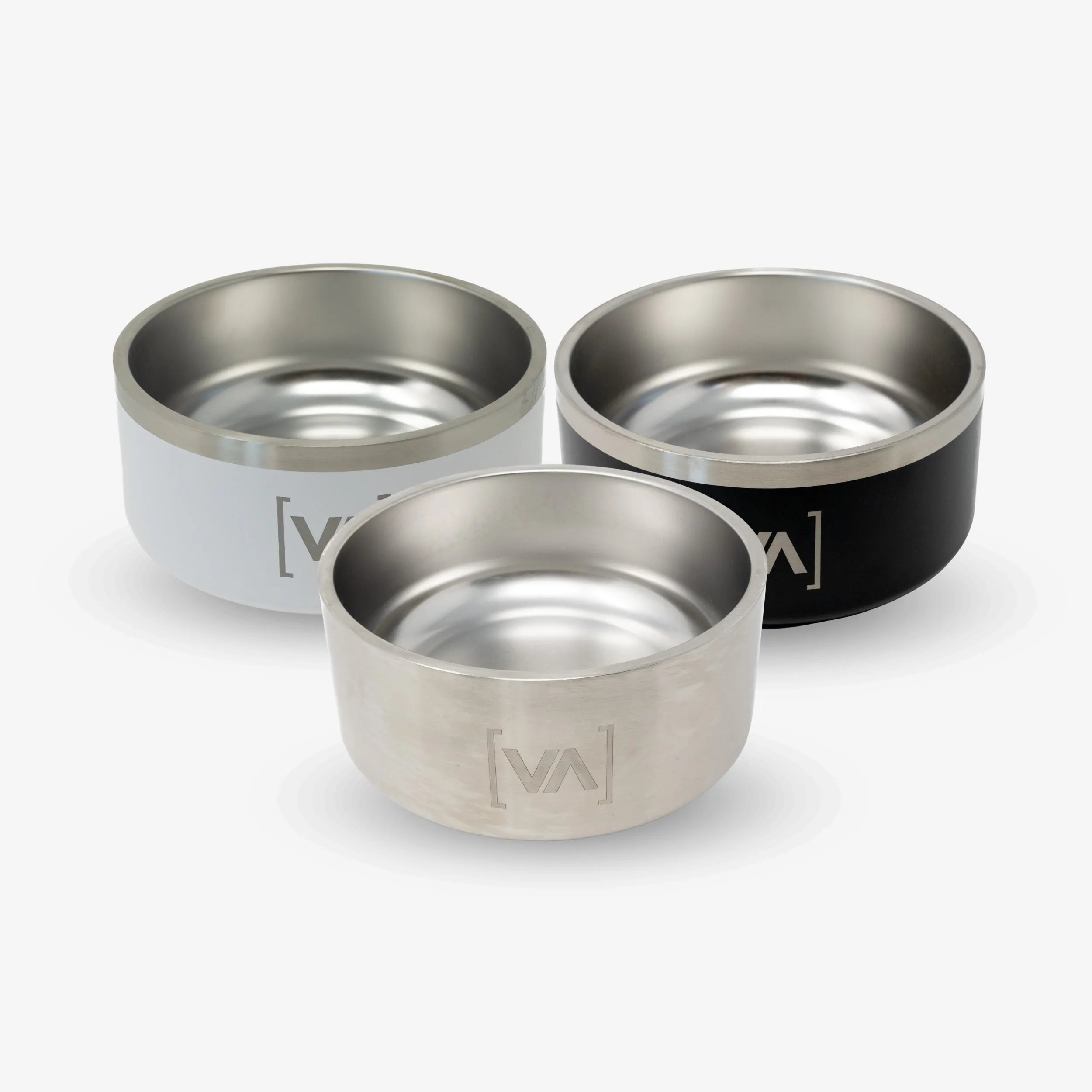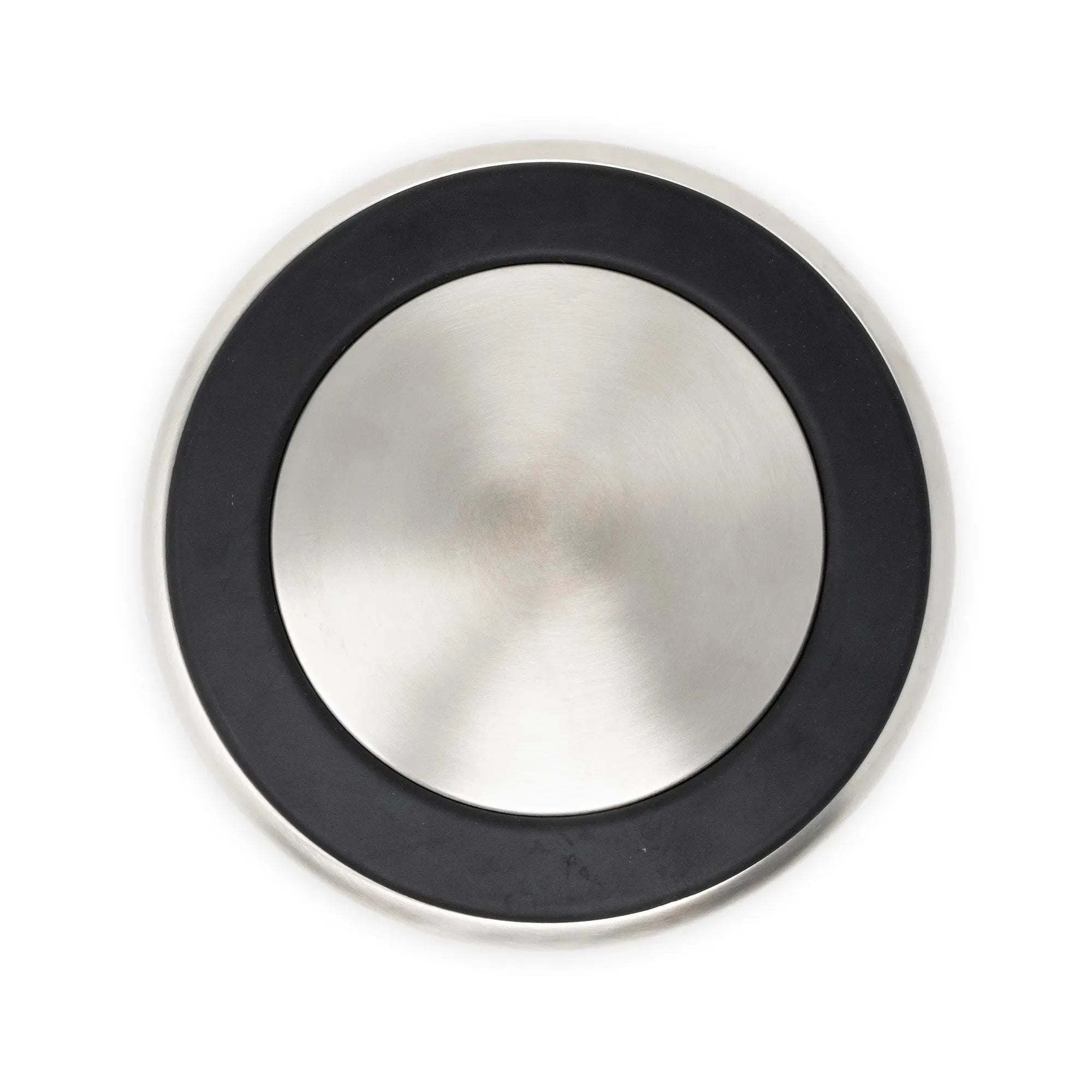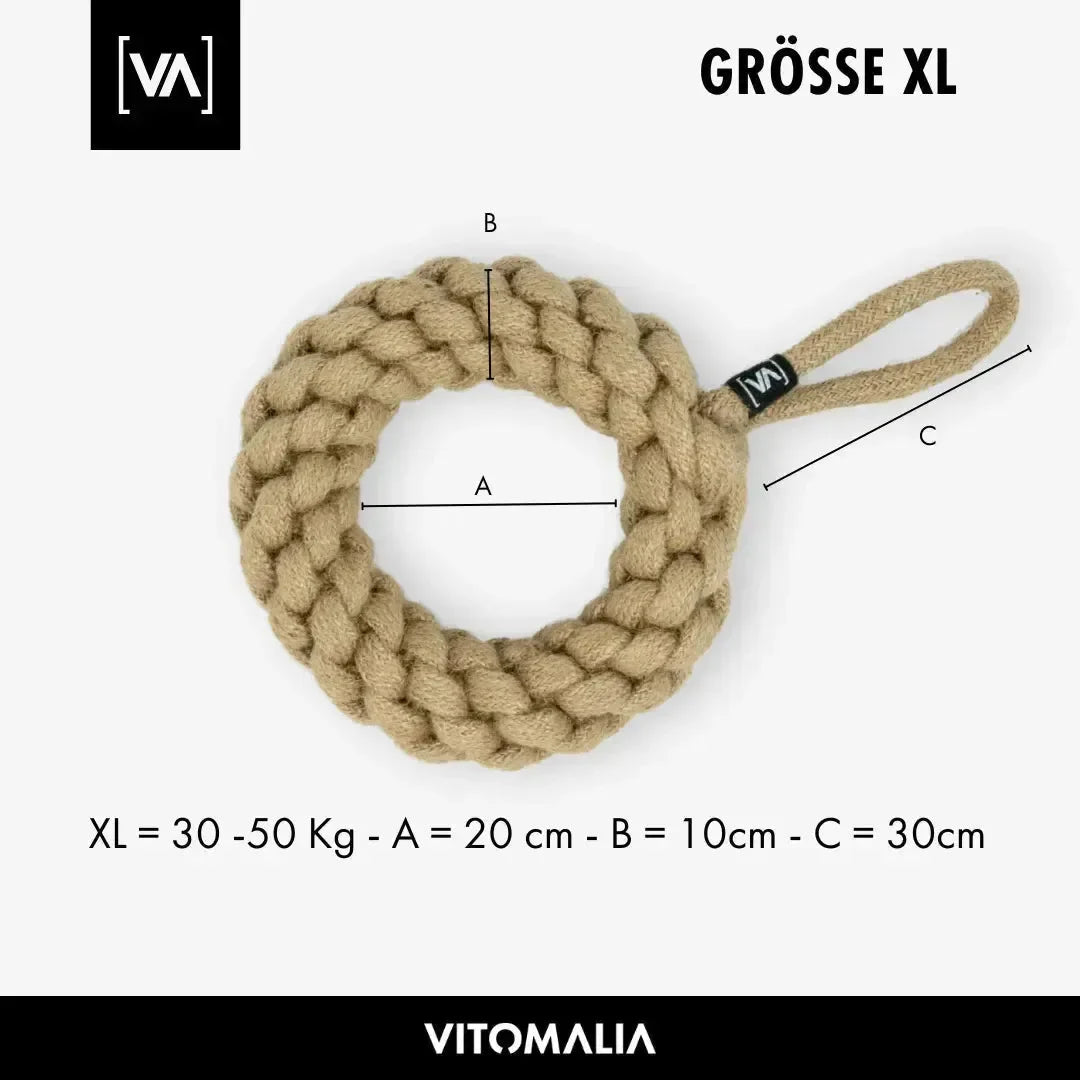Recommended by dog experts
Our products have been developed by behavioural therapists and tested in everyday life with dogs - for maximum safety, comfort and functionality.
Sustainable & Conscious
We pay consistent attention to sustainability. Fewer returns, environmentally friendly packaging and durable products protect our planet together with you.
Free shipping from 99 €
Benefit from free shipping within Germany, Austria and Switzerland from an order value of €99 - fast, reliable and secure.
Personalised customer service
We are here for you personally! Do you have any questions about products, sizes or dog behaviour? Our competent team will be happy to help you at any time.
Pre-order
OrthoPawdic® Dog Beds - 25 % pre-order discount
Our new orthopaedic Dog Beds are now available for pre-order - now with a 25% Christmas discount. Dispatch will start around mid-December. Perfect as a high-quality Christmas present for your dog.
Orthopaedic donut Dog Bed - RePET Teddy in anthracite
Supports joints and spine with high-quality memory foam.
The raised edge with Visco flakes provides support and cosiness.
Soft, robust fabric made from recycled PET bottles - OEKO-TEX certified.
Invisibly integrated - protects the mattress and extends its service life.
With YKK zips for durability and easy handling.
Made from recycled materials, free from harmful substances and safe for dogs with sensitive skin.
Orthopaedic donut Dog Bed - RePET Teddy in beige
Supports joints and spine with high-quality memory foam.
The raised edge with Visco flakes provides support and cosiness.
Soft, robust fabric made from recycled PET bottles - OEKO-TEX certified.
Invisibly integrated - protects the mattress and extends its service life.
With YKK zips for durability and easy handling.
Made from recycled materials, free from harmful substances and safe for dogs with sensitive skin.
Orthopaedic donut Dog Bed - RePET Teddy in forest green
Supports joints and spine with high-quality memory foam.
The raised edge with Visco flakes provides support and cosiness.
Soft, robust fabric made from recycled PET bottles - OEKO-TEX certified.
Invisibly integrated - protects the mattress and extends its service life.
With YKK zips for durability and easy handling.
Made from recycled materials, free from harmful substances and safe for dogs with sensitive skin.
Orthopaedic donut Dog Bed - RePET Teddy in grey
Supports joints and spine with high-quality memory foam.
The raised edge with Visco flakes provides support and cosiness.
Soft, robust fabric made from recycled PET bottles - OEKO-TEX certified.
Invisibly integrated - protects the mattress and extends its service life.
With YKK zips for durability and easy handling.
Made from recycled materials, free from harmful substances and safe for dogs with sensitive skin.
Orthopaedic donut Dog Bed - RePET Linen in light grey
Supports joints and spine with high-quality memory foam.
The raised edge with Visco flakes provides support and cosiness.
Invisibly integrated - protects the mattress and extends its service life.
With YKK zips for durability and easy handling.
Made from recycled materials, free from harmful substances and safe for dogs with sensitive skin.
Smooth, robust fabric made from 100% recycled PET fibres, OEKO-TEX certified, modern and hard-wearing.
Orthopaedic donut Dog Bed - RePET Linen in beige
Supports joints and spine with high-quality memory foam.
The raised edge with Visco flakes provides support and cosiness.
Invisibly integrated - protects the mattress and extends its service life.
With YKK zips for durability and easy handling.
Made from recycled materials, free from harmful substances and safe for dogs with sensitive skin.
Smooth, robust fabric made from 100% recycled PET fibres, OEKO-TEX certified, modern and hard-wearing.
Orthopaedic donut Dog Bed - RePET Linen in anthracite
Supports joints and spine with high-quality memory foam.
The raised edge with Visco flakes provides support and cosiness.
Invisibly integrated - protects the mattress and extends its service life.
With YKK zips for durability and easy handling.
Made from recycled materials, free from harmful substances and safe for dogs with sensitive skin.
Smooth, robust fabric made from 100% recycled PET fibres, OEKO-TEX certified, modern and hard-wearing.
Orthopaedic donut Dog Bed - RePET Linen in taupe
Supports joints and spine with high-quality memory foam.
The raised edge with Visco flakes provides support and cosiness.
Invisibly integrated - protects the mattress and extends its service life.
With YKK zips for durability and easy handling.
Made from recycled materials, free from harmful substances and safe for dogs with sensitive skin.
Smooth, robust fabric made from 100% recycled PET fibres, OEKO-TEX certified, modern and hard-wearing.
Our strongest Christmas offers
Get selected products with up to over 60 % discount - while stocks last.
Bundle Extreme Edition Complete Set - Collar & 3 Leashes - Khaki
Bundle Extreme Edition Complete Set - Collar & 3 Leashes - Beige
Bundle Extreme Edition Complete Set - Collar & 3 Leashes - Bordeaux
Bundle Extreme Edition Complete Set - Collar & 3 Leashes - Camouflage
Bundle - Complete dog bowl set S to M - For every need
Bundle - Complete dog bowl set L to XL - For every need
Bundle natural hemp tug & fetch toy for very small dogs - S
Bundle natural hemp tug & fetch toy for medium-sized dogs - L
Bundle natural hemp tug & fetch toy for small dogs - M
Bundle natural hemp tug & fetch toy for large dogs - XL
Bundle Luxus Edition Black Set - Collar + 2.2m triple adjustable Dog Leash
Bundle Luxus Edition Beige Set - Collar + 2.2m triple adjustable Dog Leash






Winter Coat for dogs - anthracite
The Vitomalia Winter Coat has been specially developed for cold, wet and dark days - with maximum protection in temperatures down to -30 °C. It offers your dog warmth, safety and comfort in a coat that makes no compromises.
The fully reflective outer material is windproof and waterproof (6000 mm water column) and ensures visibility in the dark. The inner lining and padding are also made from recycled material - a strong statement in favour of functionality and sustainability.
The insulating padding is divided into several chambers. This means that the filling stays in place even when you move, and the warmth is distributed evenly over the entire body - no slipping, no cooling down.
The fit is close to the body and can be individually adjusted: the coat can be shortened by up to 5 cm at the back, while elasticated inserts at the neck and nape ensure a perfect fit. The chest and stomach are protected by a special, particularly easy-care material - exactly where it gets dirty the quickest.
Instead of Velcro fasteners, we use robust buckles and a waterproof zip at the back. This allows you to securely attach your dog to the Harness even in heavy rain - without letting moisture in. An opening at the neck has been deliberately omitted, as the length of the back section still allows you to attach the lead to the Collar.
This coat combines sophisticated design with practical everyday practicality - for all those who want their dog to be optimally protected even in the depths of winter.
Intagram
Discover our products in our feed
Get inspired by our Instagram profile



Knowledge that connects - for a better life with your dog
Our passion is not only for high-quality dog accessories, but also for in-depth knowledge about behaviour, training and living together. Here you will find valuable content that will help you to understand your dog better and strengthen your relationship in the long term.










